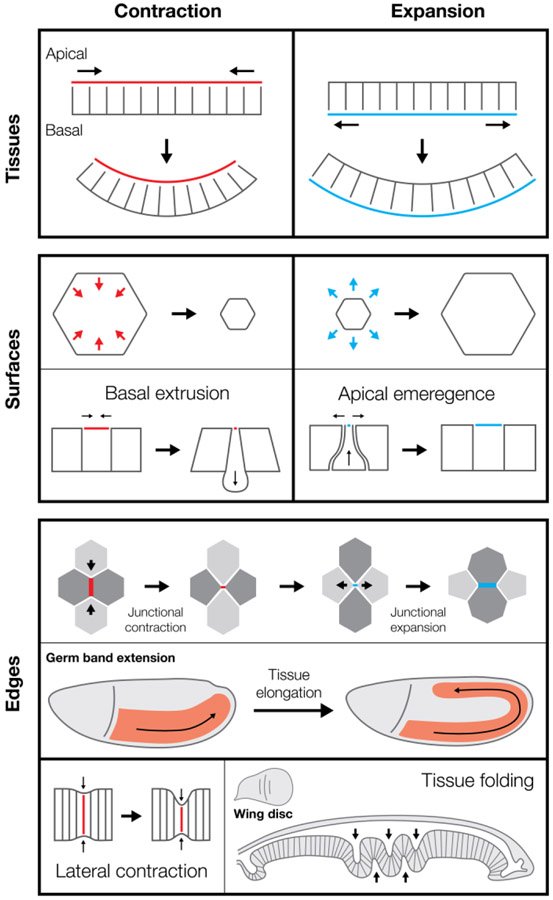Figure 2: Shape change by contraction and expansion:
(tissues, top) polarized contraction or expansion on apical or basal surfaces can generate tissue folding. (surfaces, center) Shape change of individual cellular surfaces can also alter tissue geometry, as in basal extrusion or apical emergence. (edges, bottom) Coordinated shape change of individual edges or cellular interfaces can drive tissue movements, such as the convergent extension movements that elongates the Drosophila germ band (red). Contraction of lateral interfaces can also shorten edges between neighboring cells along the apical-basal axis, promoting tissue folding, as is seen in the Drosophila wing disc epithelium (right).

